Itsuko Hasegawa scoops first ever Royal Academy Architecture Prize
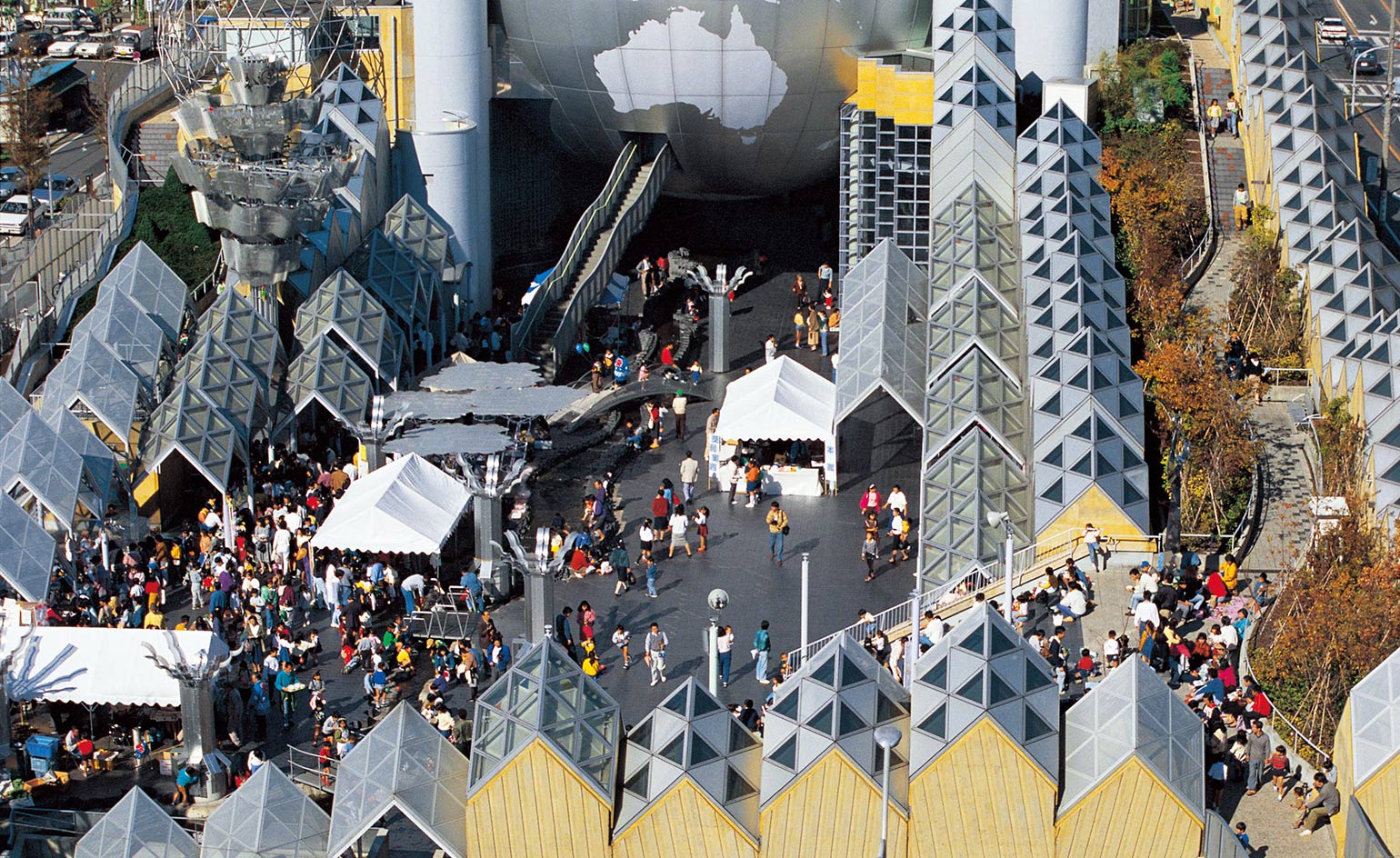
The Royal Academy of Arts’ inaugural Architecture Prize winner has just been announced. This year, the accolade goes to Japanese architect Itsuko Hasegawa.
One of Japan’s lesser-known architects beyond the country’s borders, Hasegawa was praised by the jury for her lightness of touch and spirit of invention. Having worked both within the forward-thinking Metabolist movement and with traditional Japanese architecture, Hasegawa certainly bridges a range of influences, which she translates delicately into her own work. Her best known buildings include the Shonandai Cultural Centre in Fujisawa, the Sumida Culture Factory and the Yamanashi Museum of Fruit.
Selected by a panel comprising architect Richard Rogers RA, dean of Harvard Graduate School of Design Mohsen Mostafavi, BBC broadcaster Razia Iqbal, artist Conrad Shawcross RA and critic and curator Joseph Grima, Hasegawa was honoured for her ‘inspiring and enduring contribution to the culture of architecture’, explains the jury.
‘These new awards celebrate imaginative architecture that lifts the human spirit and the work of Itsuko Hasegawa certainly does so’, says Kate Goodwin, head of architecture and Drue Heinz Curator at the RA.
The winner of the Architecture Prize will join the winner of the Dorfman Award (the Royal Academy’s other new, major award launched this year, focusing on new talent) in a public presentation in July, highlighting the institution’s role as a key global advocate for architecture.
This will follow the Dorfman’s announcement of its winner from a shortlist of five architects, including Arquitectura Expandida (Colombia), Go Hasegawa of Go Hasegawa and Associates (Japan), Anne Holtrop of Studio Anne Holtrop (The Netherlands and Bahrain), Rahel Shawl of RAAS Architects (Ethiopia), and Alireza Taghaboni of nextoffice (Iran).
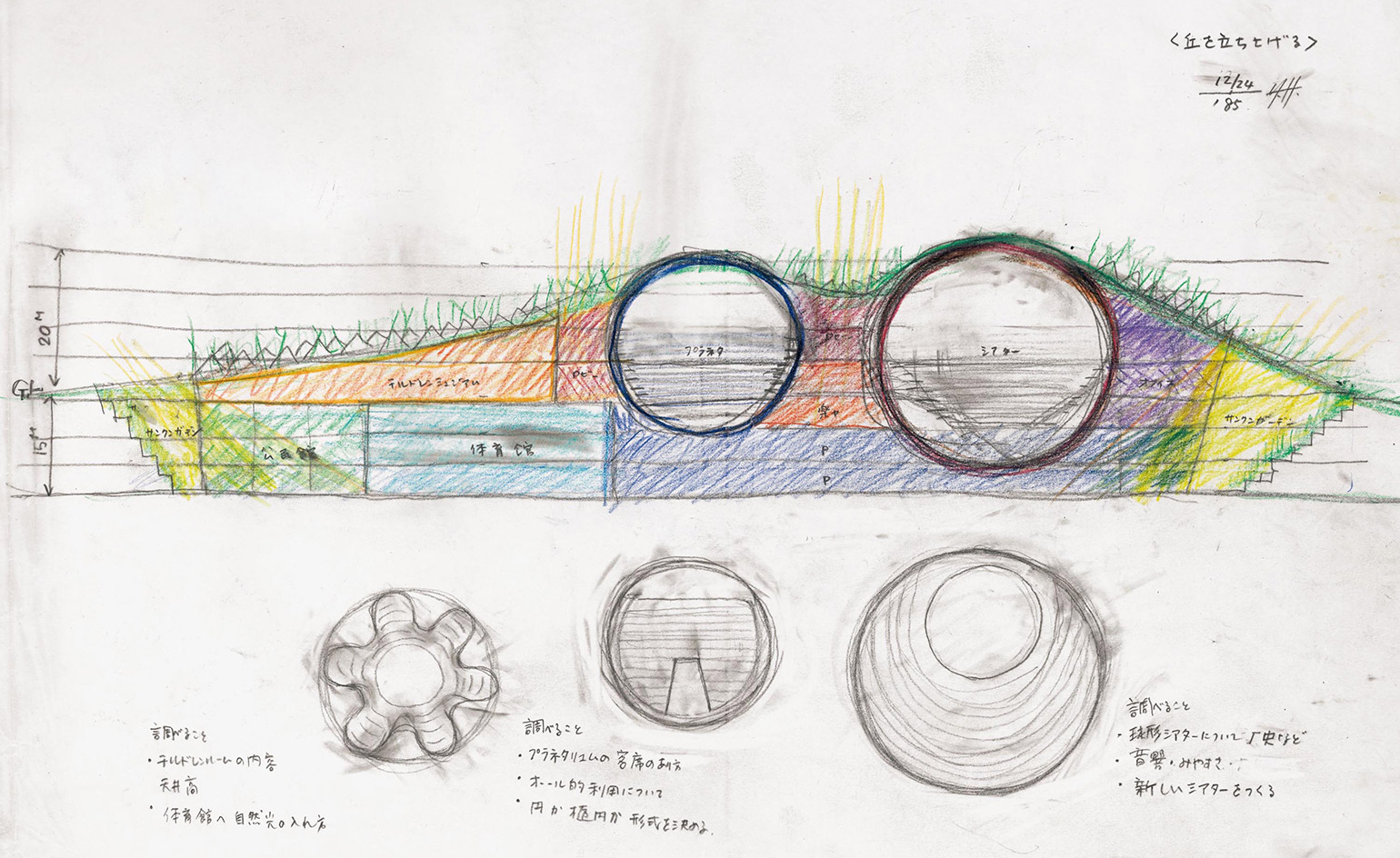
Shonandai Cultural Centre, Kanagawa, Japan, 1990.
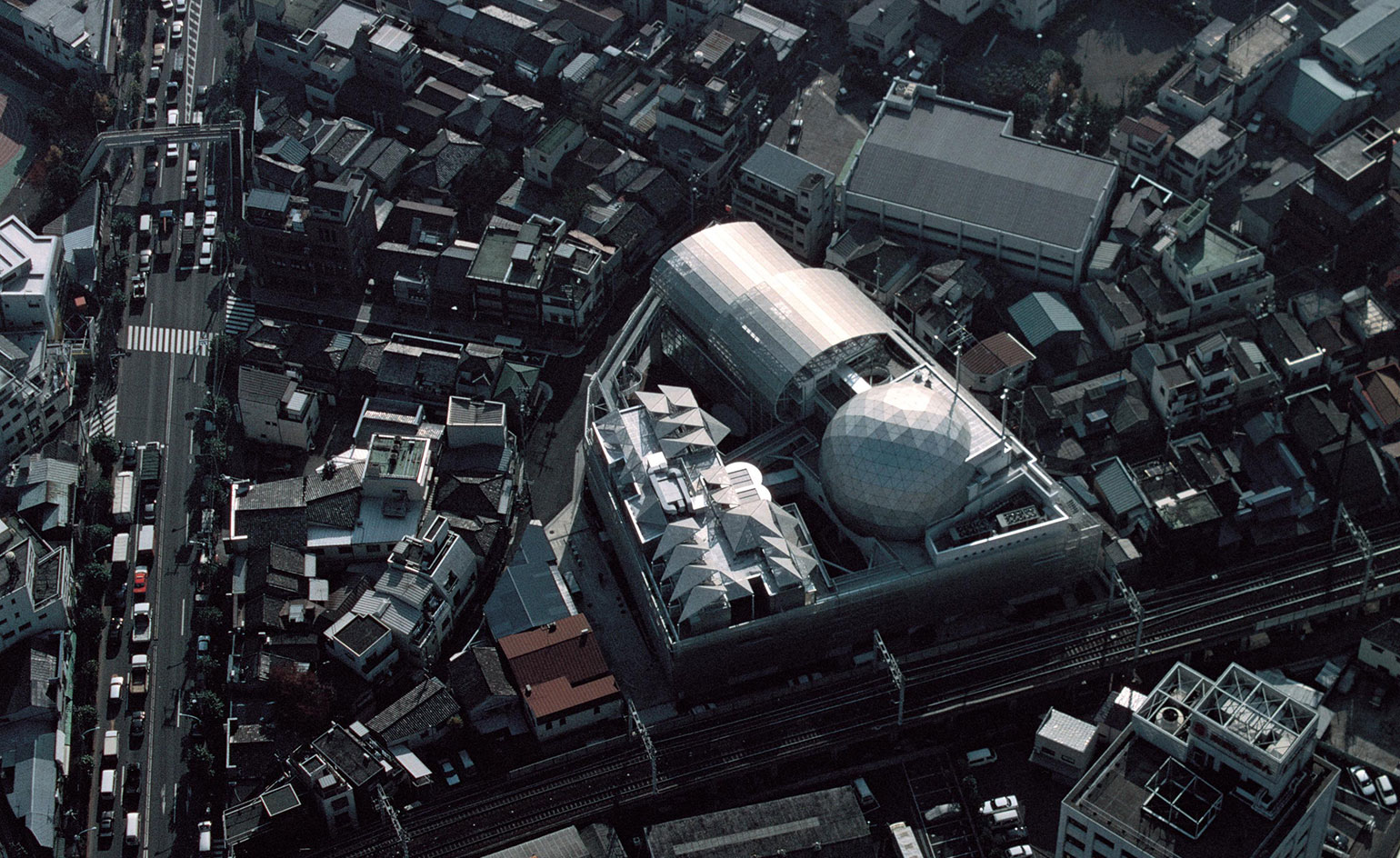
Sumida Culture Factory, Tokyo, Japan, 1994.
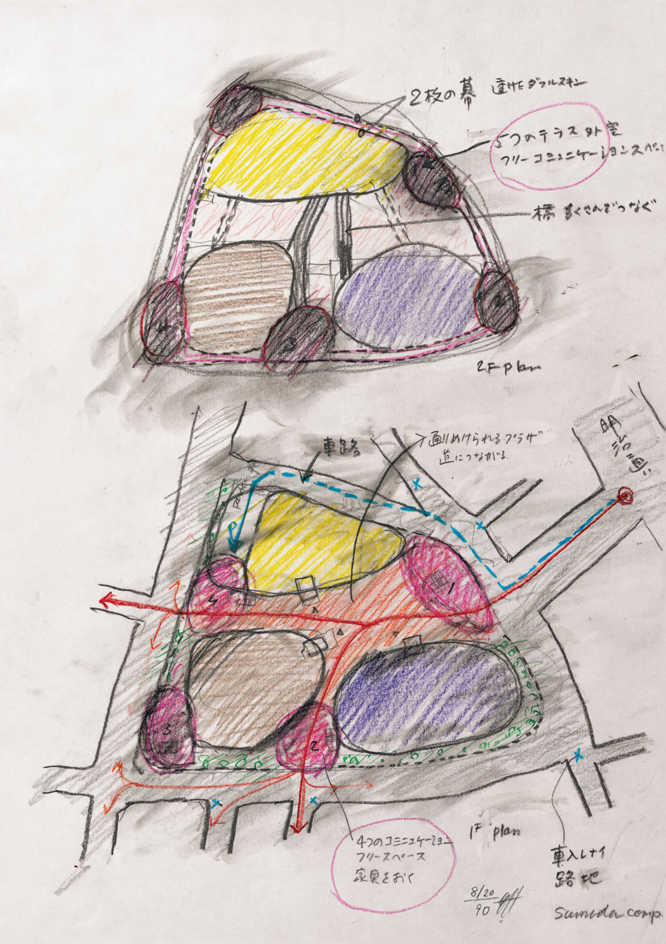
Sumida Culture Factory, Tokyo, Japan, 1994.
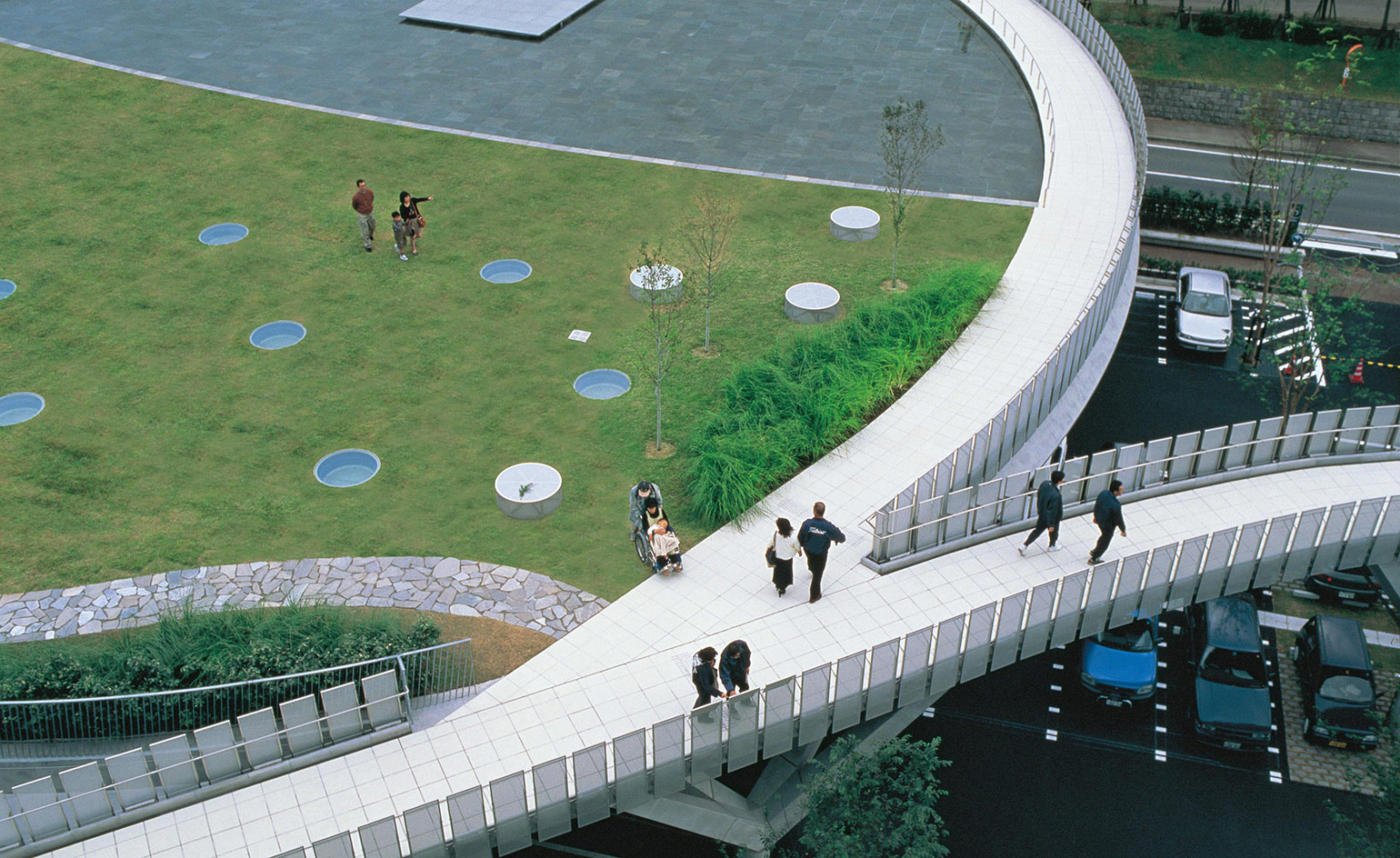
Niigata Performing Arts Center, Niigata, Japan, 1998.
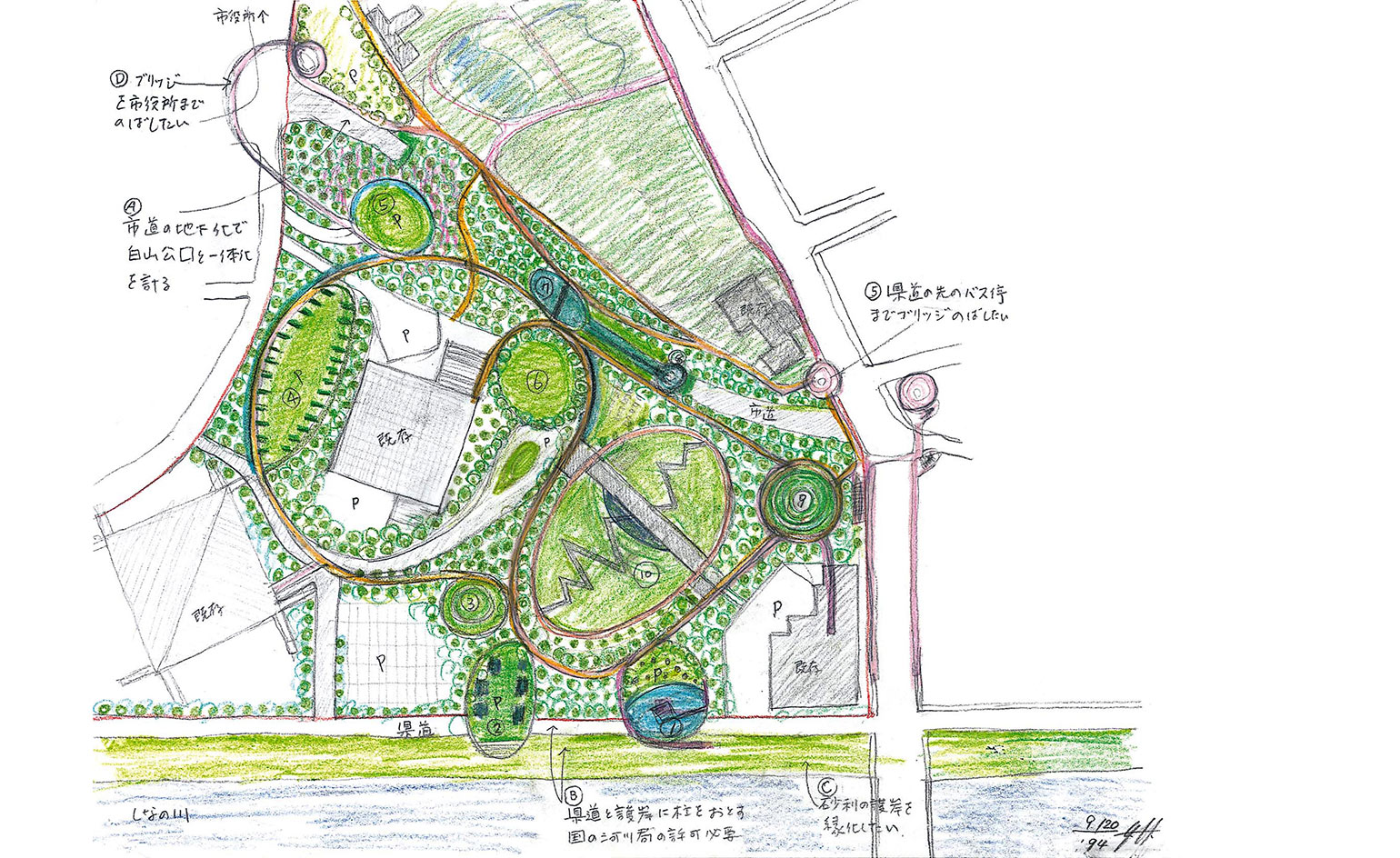
Niigata Performing Arts Center, Niigata, Japan, 1998.
INFORMATION
For more information visit the Royal Academy’s website
Wallpaper* Newsletter
Receive our daily digest of inspiration, escapism and design stories from around the world direct to your inbox.
Ellie Stathaki is the Architecture & Environment Director at Wallpaper*. She trained as an architect at the Aristotle University of Thessaloniki in Greece and studied architectural history at the Bartlett in London. Now an established journalist, she has been a member of the Wallpaper* team since 2006, visiting buildings across the globe and interviewing leading architects such as Tadao Ando and Rem Koolhaas. Ellie has also taken part in judging panels, moderated events, curated shows and contributed in books, such as The Contemporary House (Thames & Hudson, 2018), Glenn Sestig Architecture Diary (2020) and House London (2022).
-
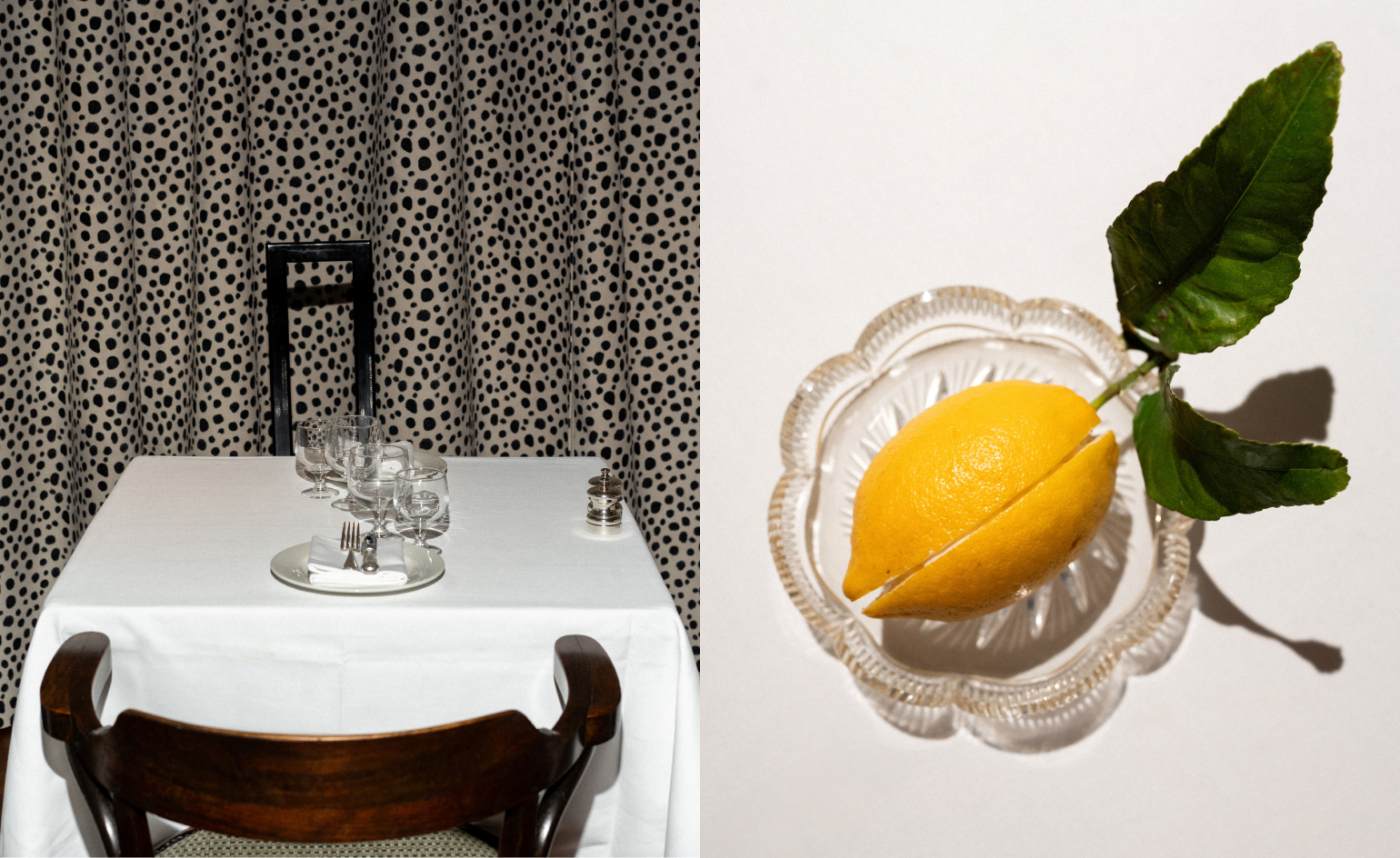 Marylebone restaurant Nina turns up the volume on Italian dining
Marylebone restaurant Nina turns up the volume on Italian diningAt Nina, don’t expect a view of the Amalfi Coast. Do expect pasta, leopard print and industrial chic
By Sofia de la Cruz
-
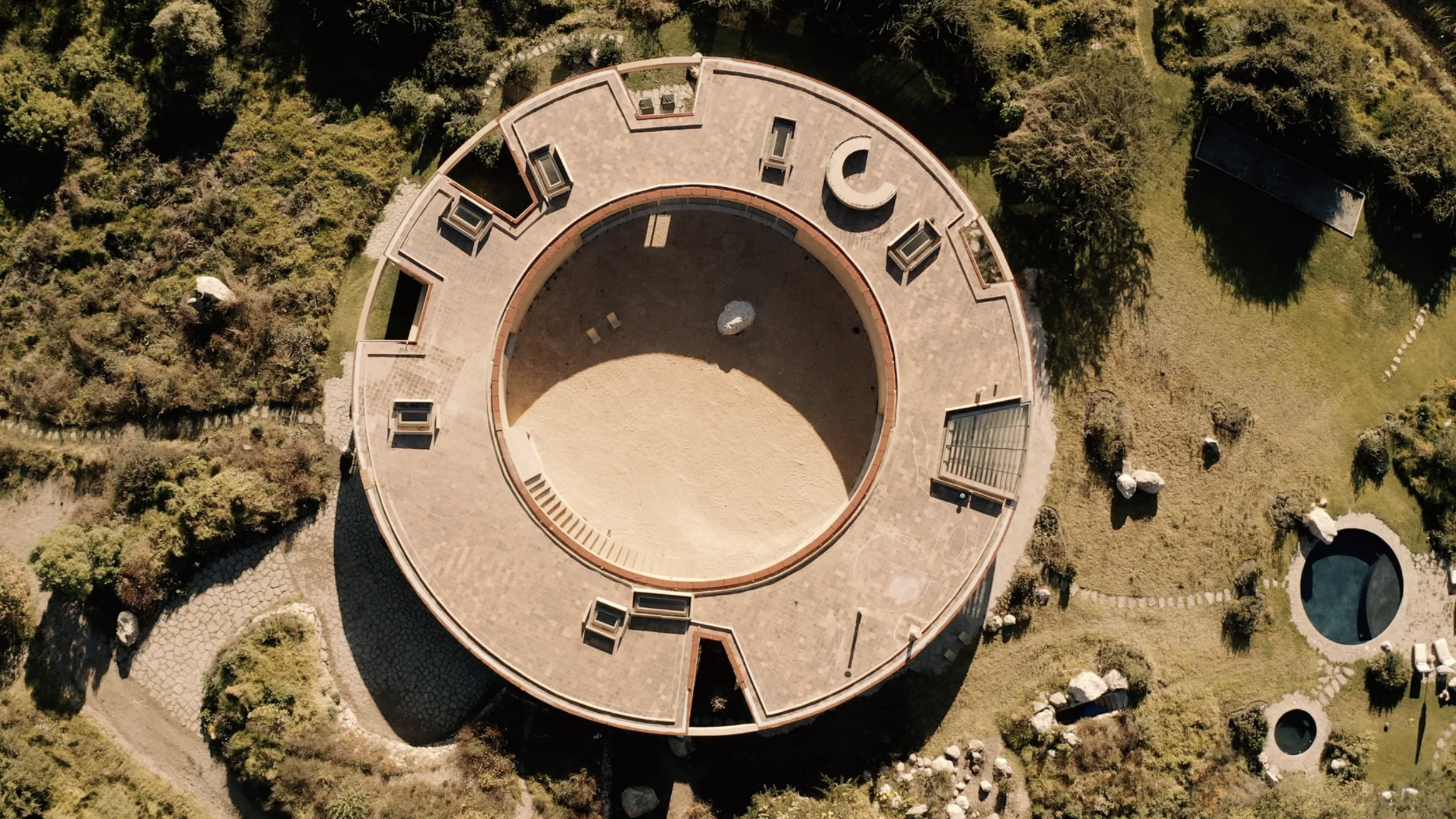 Tour the wonderful homes of ‘Casa Mexicana’, an ode to residential architecture in Mexico
Tour the wonderful homes of ‘Casa Mexicana’, an ode to residential architecture in Mexico‘Casa Mexicana’ is a new book celebrating the country’s residential architecture, highlighting its influence across the world
By Ellie Stathaki
-
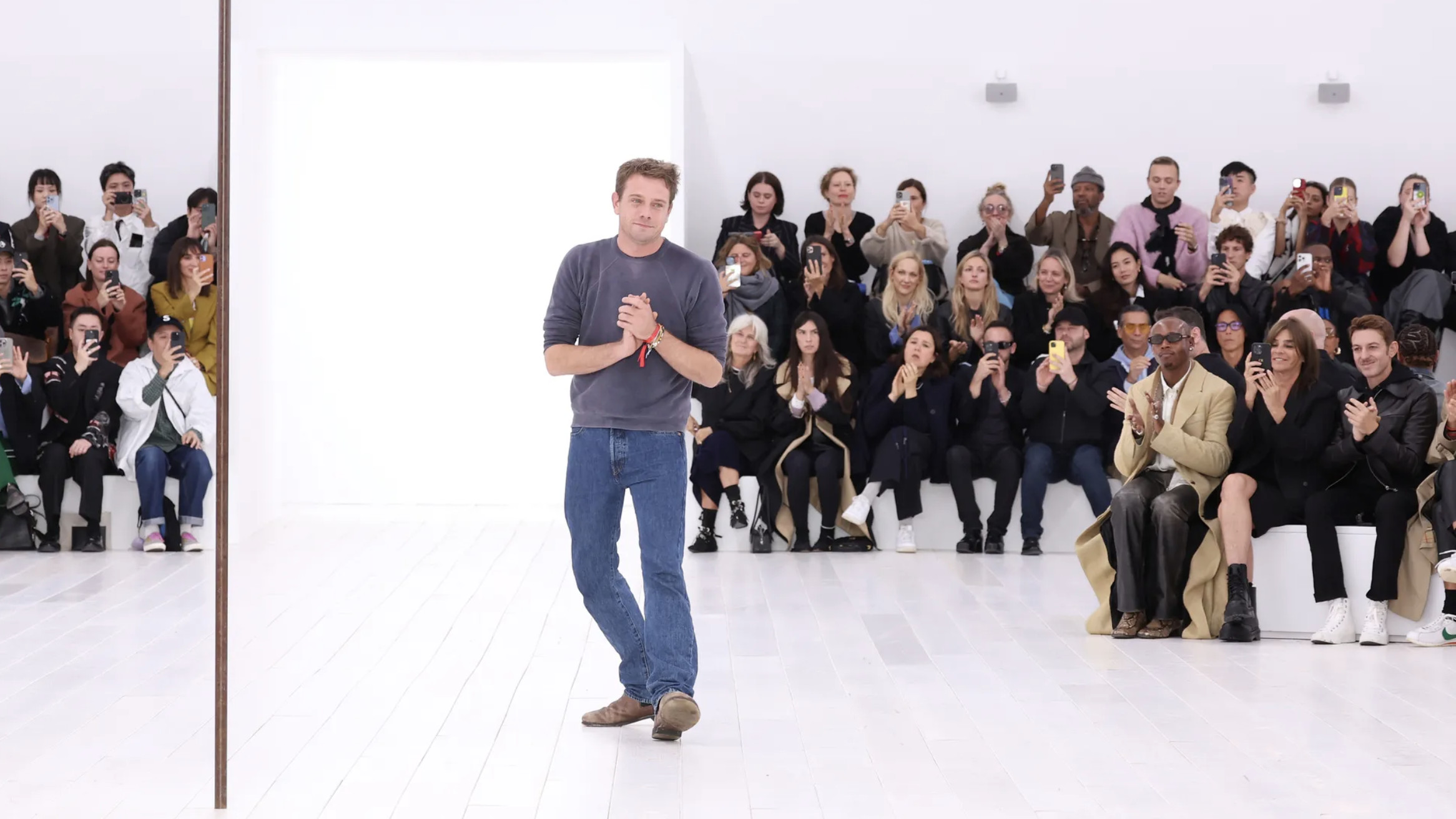 Jonathan Anderson is heading to Dior Men
Jonathan Anderson is heading to Dior MenAfter months of speculation, it has been confirmed this morning that Jonathan Anderson, who left Loewe earlier this year, is the successor to Kim Jones at Dior Men
By Jack Moss
-
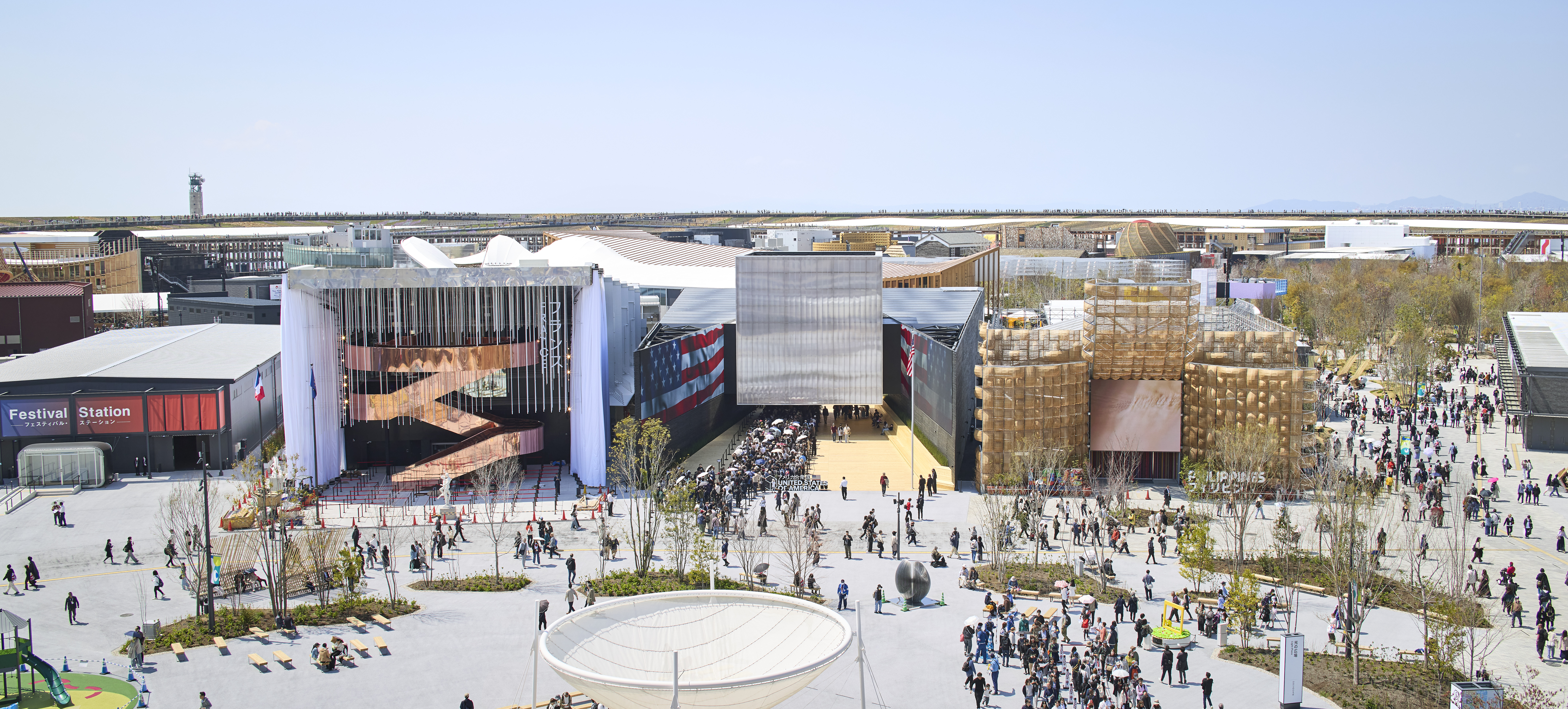 Giant rings! Timber futurism! It’s the Osaka Expo 2025
Giant rings! Timber futurism! It’s the Osaka Expo 2025The Osaka Expo 2025 opens its microcosm of experimental architecture, futuristic innovations and optimistic spirit; welcome to our pick of the global event’s design trends and highlights
By Danielle Demetriou
-
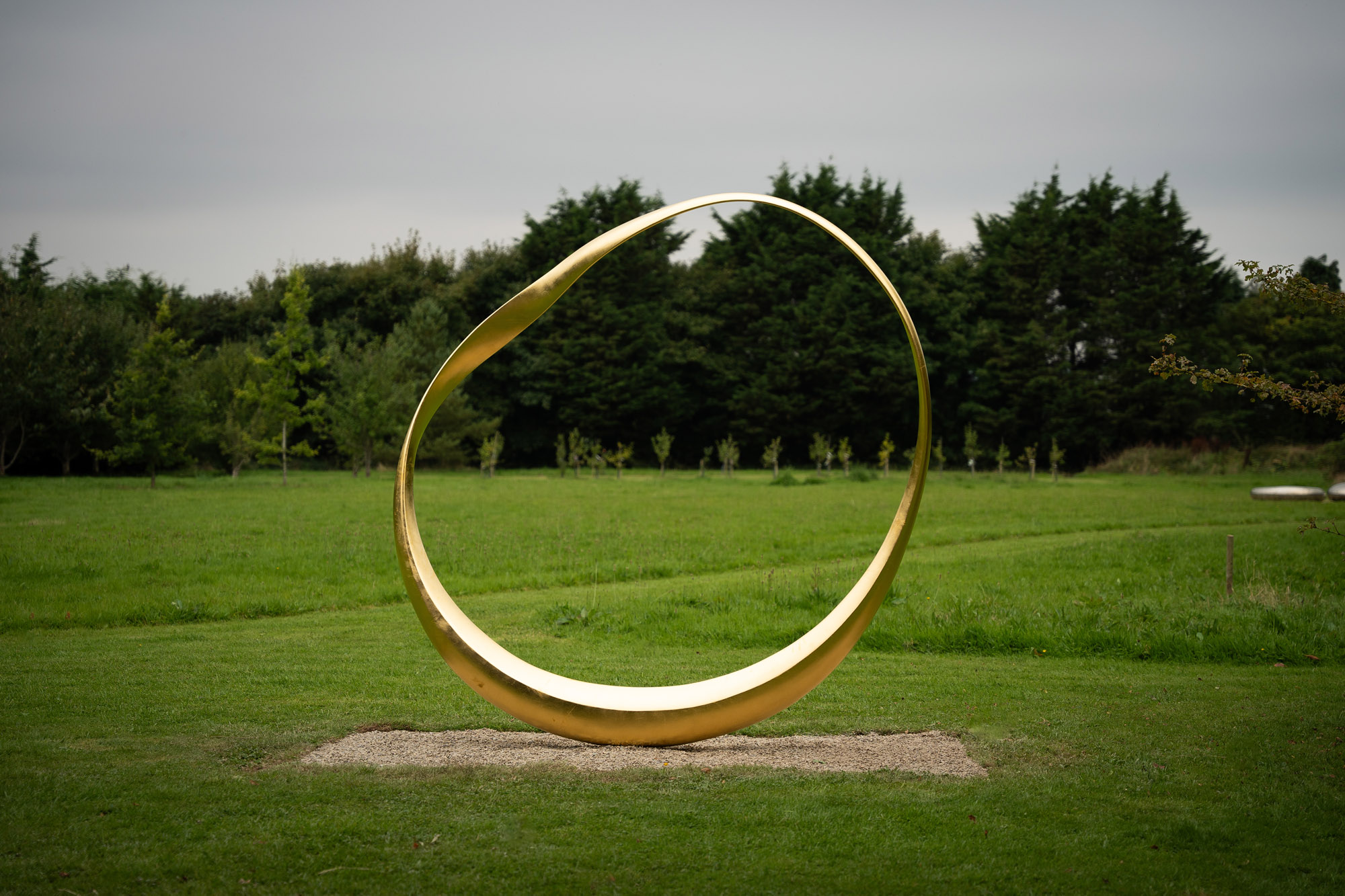 2025 Expo Osaka: Ireland is having a moment in Japan
2025 Expo Osaka: Ireland is having a moment in JapanAt 2025 Expo Osaka, a new sculpture for the Irish pavilion brings together two nations for a harmonious dialogue between place and time, material and form
By Danielle Demetriou
-
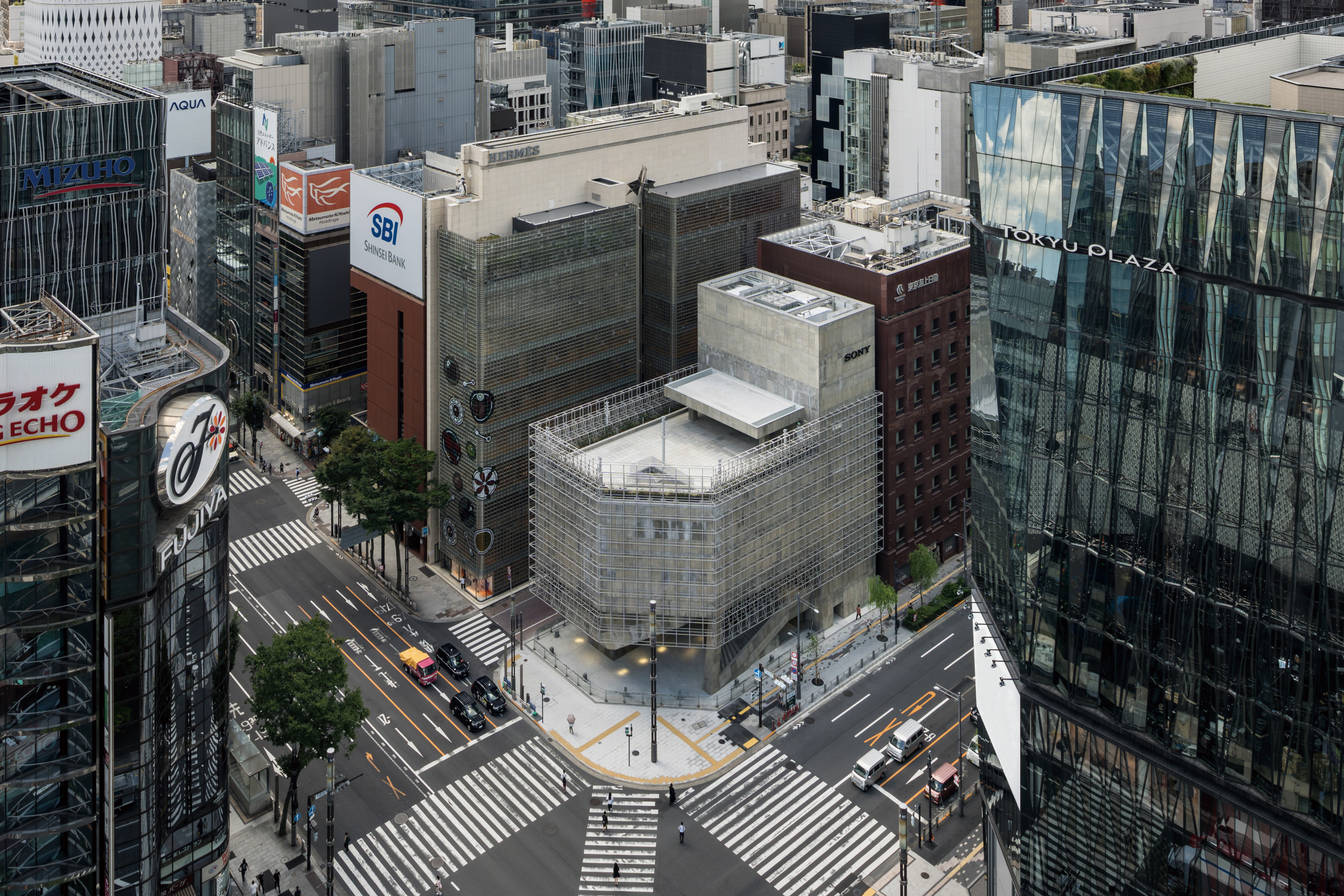 Tour the brutalist Ginza Sony Park, Tokyo's newest urban hub
Tour the brutalist Ginza Sony Park, Tokyo's newest urban hubGinza Sony Park opens in all its brutalist glory, the tech giant’s new building that is designed to embrace the public, offering exhibitions and freely accessible space
By Jens H Jensen
-
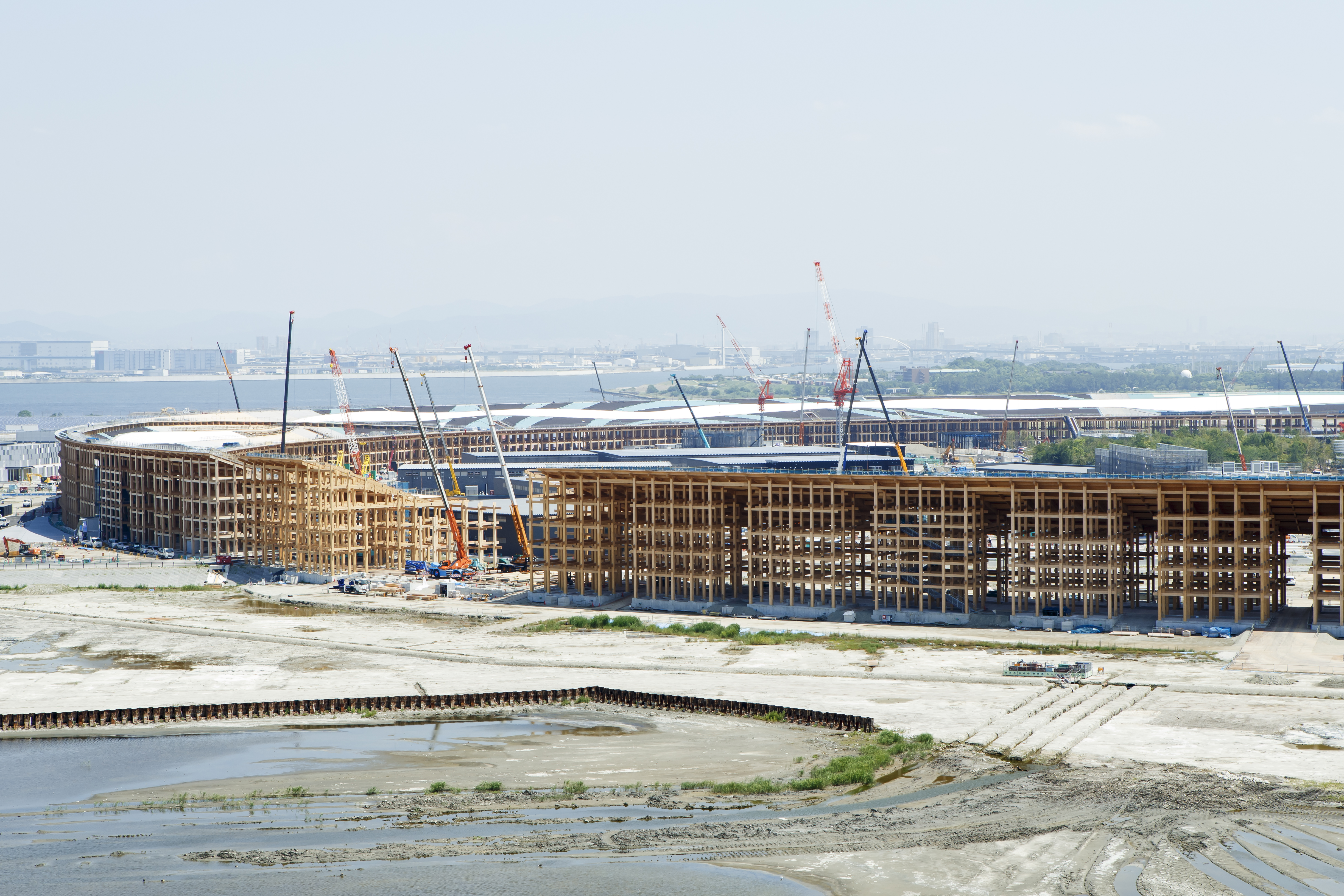 A first look at Expo 2025 Osaka's experimental architecture
A first look at Expo 2025 Osaka's experimental architectureExpo 2025 Osaka prepares to throw open its doors in April; we preview the world festival, its developments and highlights
By Danielle Demetriou
-
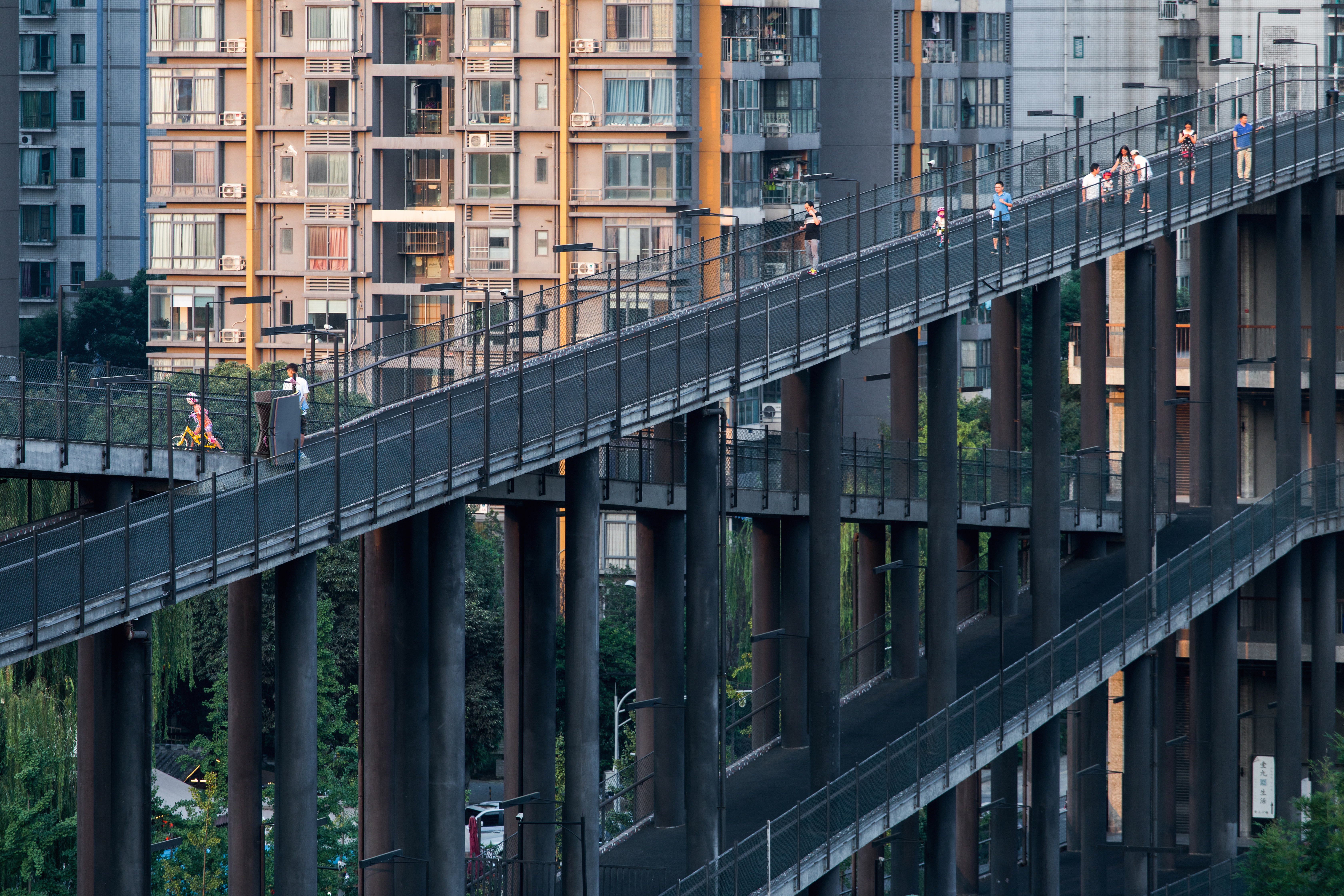 Liu Jiakun wins 2025 Pritzker Architecture Prize: explore the Chinese architect's work
Liu Jiakun wins 2025 Pritzker Architecture Prize: explore the Chinese architect's workLiu Jiakun, 2025 Pritzker Architecture Prize Laureate, is celebrated for his 'deep coherence', quality and transcendent architecture
By Ellie Stathaki
-
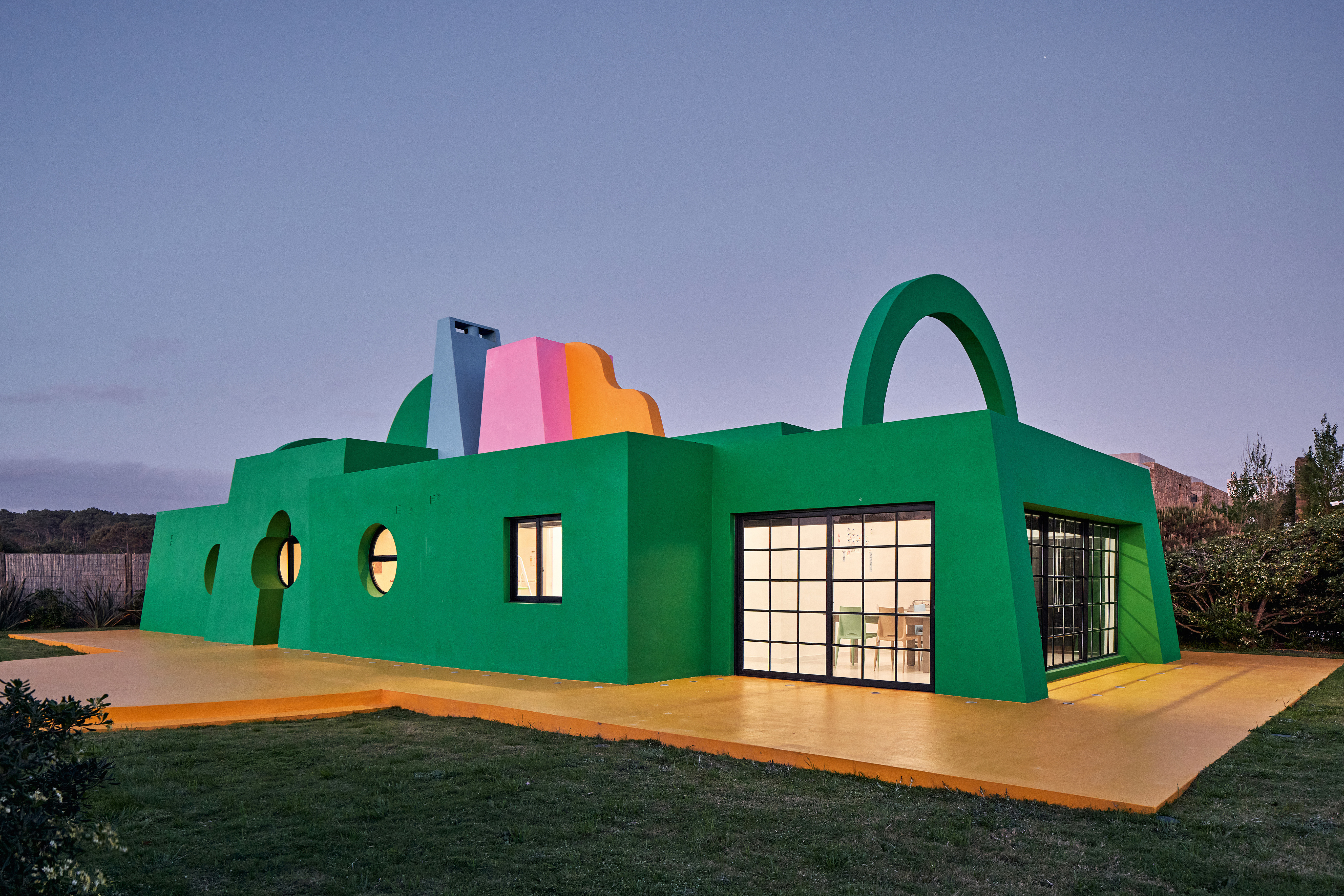 Ten contemporary homes that are pushing the boundaries of architecture
Ten contemporary homes that are pushing the boundaries of architectureA new book detailing 59 visually intriguing and technologically impressive contemporary houses shines a light on how architecture is evolving
By Anna Solomon
-
 Young Climate Prize 2025 winners: the creatives designing for a better tomorrow
Young Climate Prize 2025 winners: the creatives designing for a better tomorrowThe winners for the Young Climate Prize 2025 cycle by The World Around have been announced, crowning a new generation of changemakers; we go behind the scenes and reveal the process and winners
By Ellie Stathaki
-
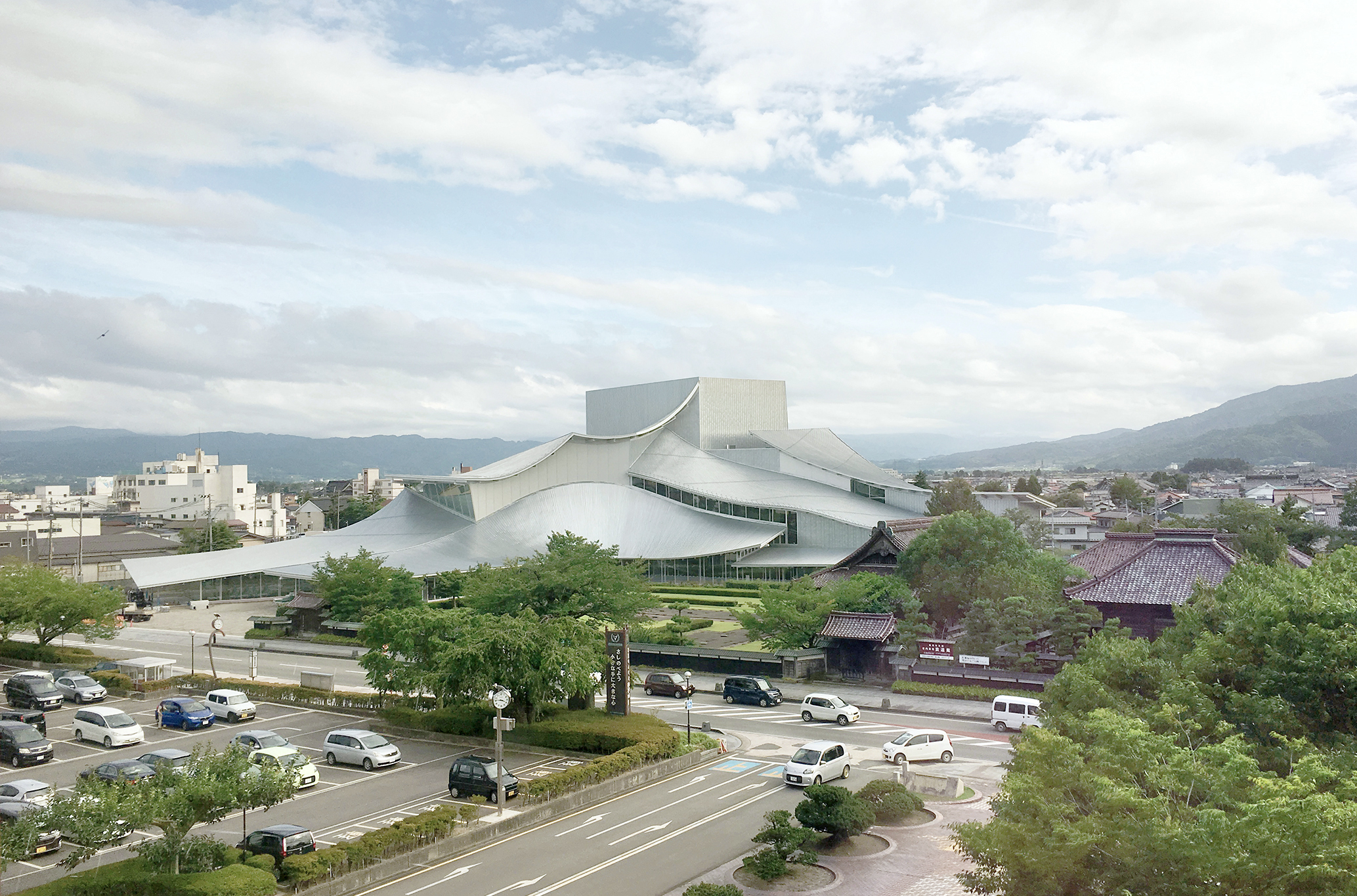 And the RIBA Royal Gold Medal 2025 goes to... SANAA!
And the RIBA Royal Gold Medal 2025 goes to... SANAA!The RIBA Royal Gold Medal 2025 winner is announced – Japanese studio SANAA scoops the prestigious architecture industry accolade
By Ellie Stathaki